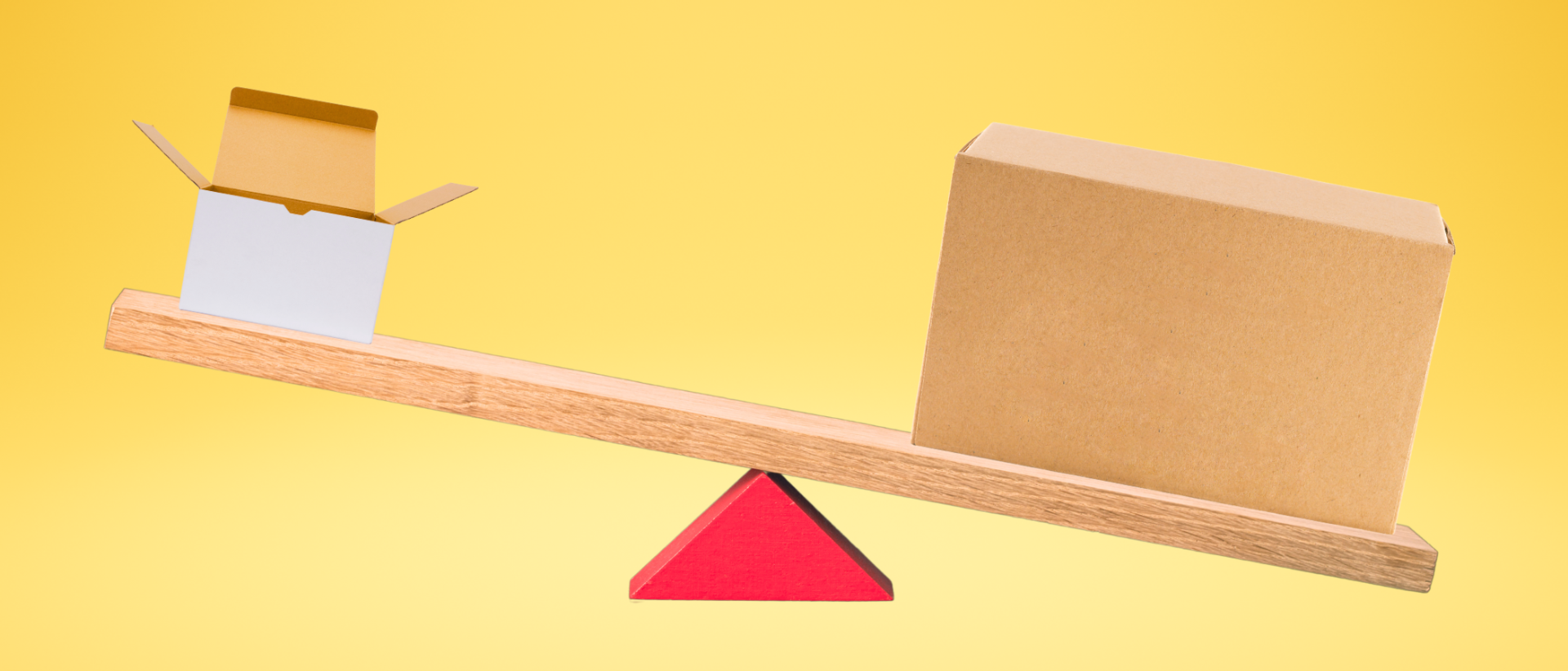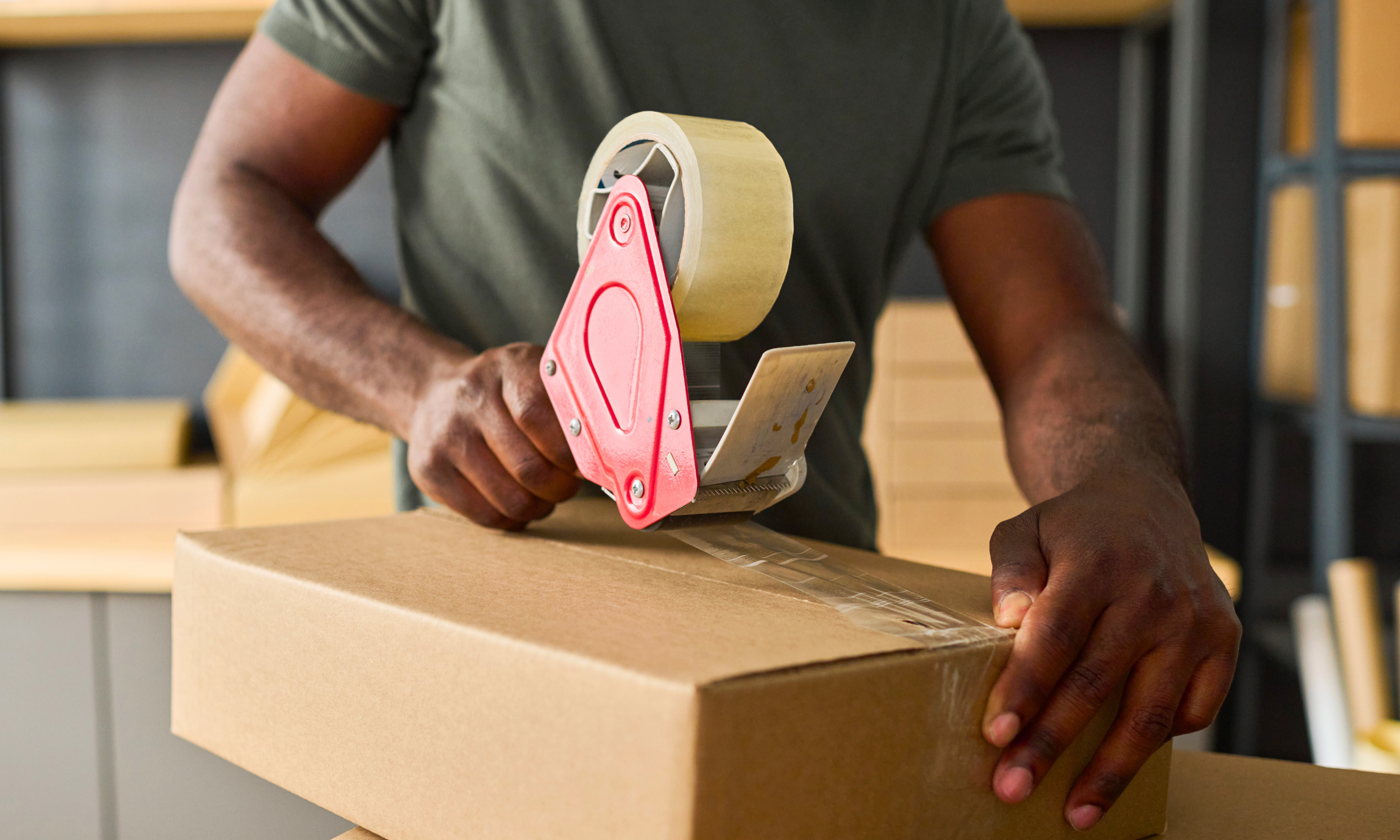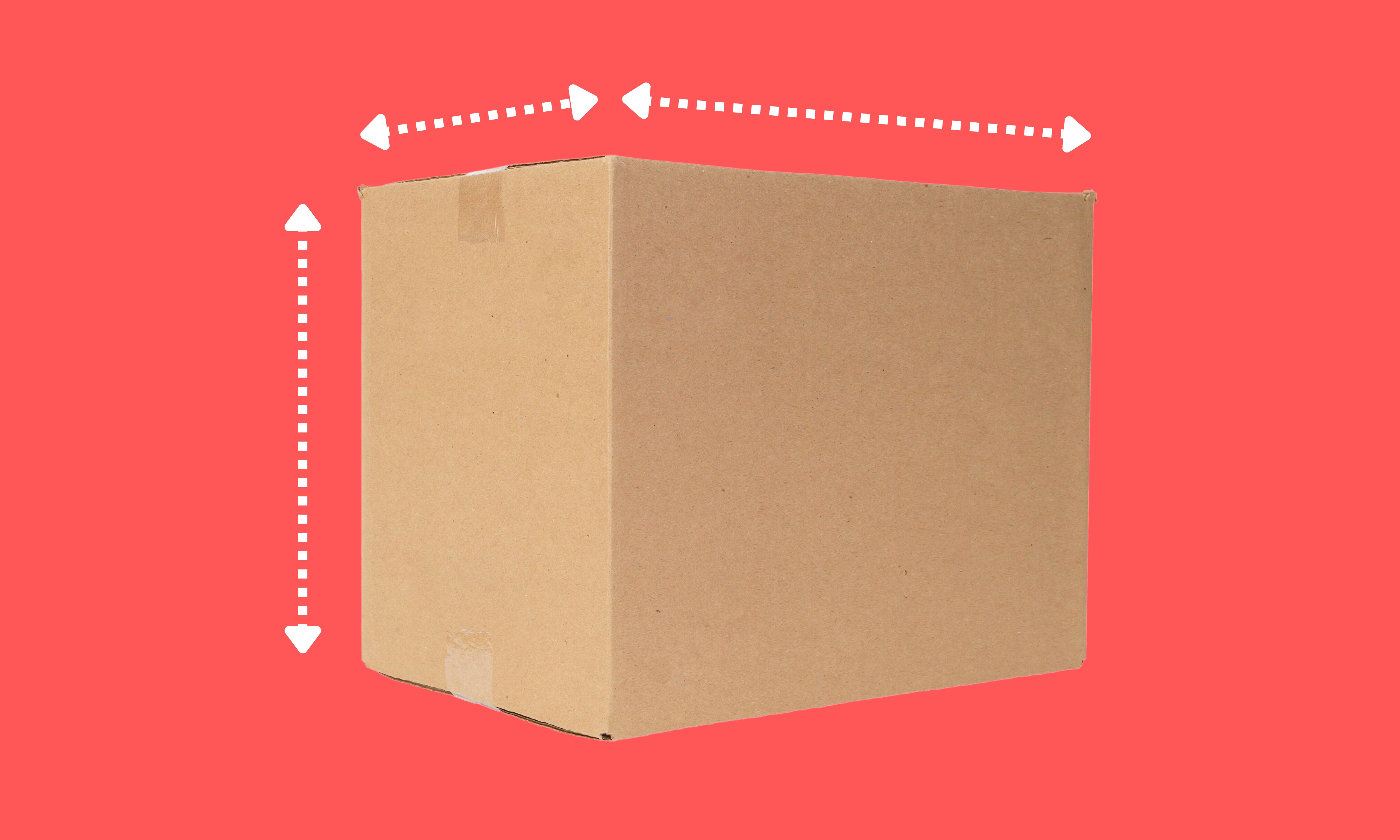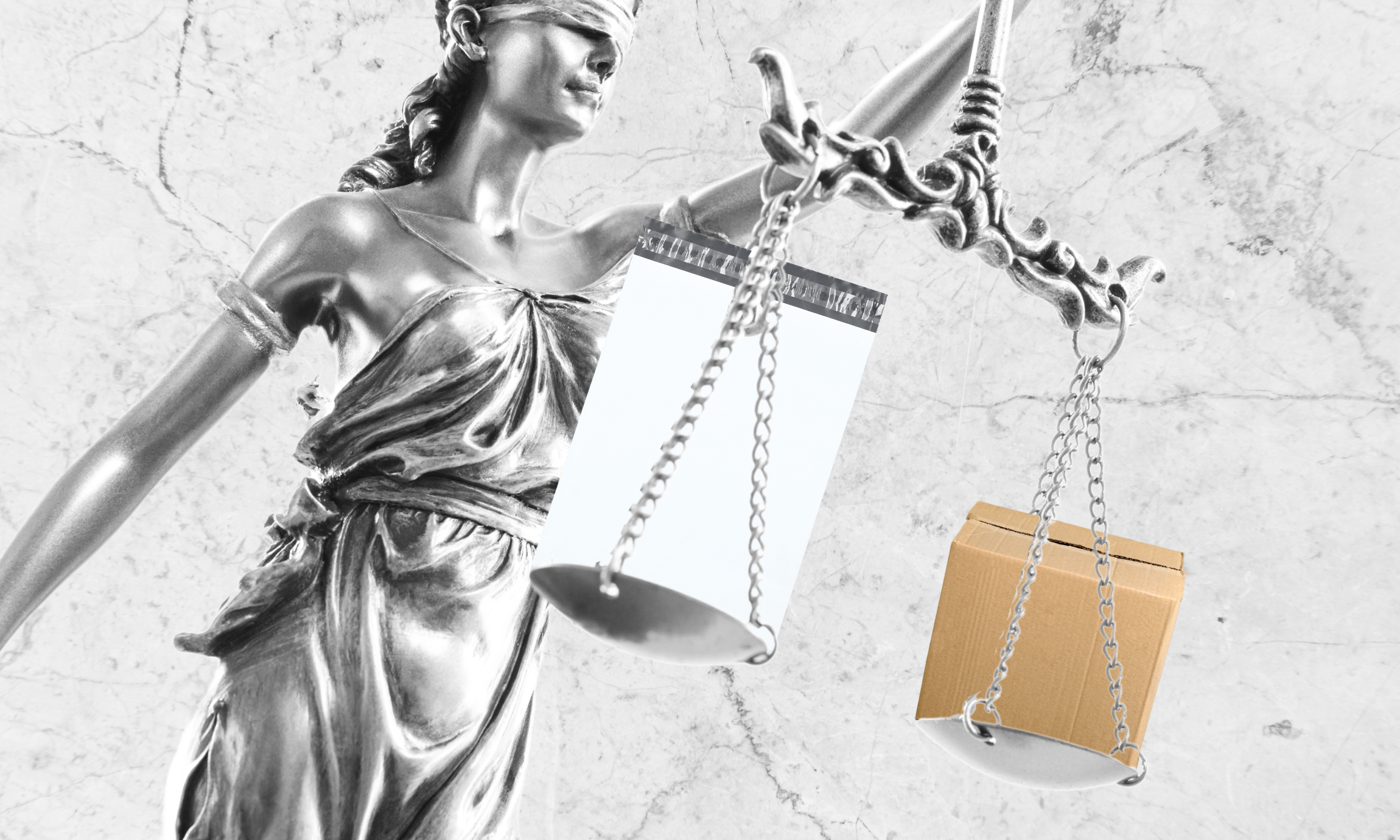Choosing the right-sized box for your goods can feel like the story of Goldilocks: this box is too big, this box is too small, this box is too long, and so on. But choosing the box that’s just right helps to ensure that your goods are adequately protected throughout shipping, handling, and storage.
You may consider this a fairly simple matter since you only need a box that’s about the size of the item you’re shipping. Yes and no. While you’re not wrong, boxes come in so many different sizes, shapes, and types these days that it can sometimes feel confusing figuring out which one’s the right one for you. This article is here to provide some clarity on choosing the right size box for your goods so that you can ship with confidence.
How Big is Your Item?
This one’s the most obvious, and perhaps the most important. As a rule of thumb, you want to choose packaging that’s slightly larger than the dimensions of your items so that it fits and is well-protected.
Take a ruler or tape measurer and measure the length, width, and height of your item. Then buy yourself a box that’s slightly bigger. For instance, if your item is 8” x 6” x 7” (20.32cm x 15.24cm x 17.78cm), a 9” x 9” x 9” (22.86cm x 22.86cm x 22.86cm) box would be ideal.
Is Your Item Fragile?
Fragile items may need extra space in the box to make room for cushioning. If our 8” x 6” x 7” (20.32cm x 15.24cm x 17.78cm) item is particularly fragile, we may need to move up to a 14” x 14” x 14” (35.56cm x 35.56cm x 35.56cm) box.
While this may seem like a bit much, the extra space will be filled with bubble wrap, cardboard filler, or packing peanuts to protect the item from shocks, falls, and rough handling.

Does Your Item Have Unusual Dimensions?
If all items were in the shape of perfect cubes, shipping would be a whole lot easier. But life, unfortunately, is not Minecraft and objects instead come in all kinds of unusual shapes.
Long and skinny items, like plungers and rolling pins, require long and skinny boxes, such as a 22” x 6” x 6” (55.88cm x 15.24cm 15.24cm) box. Short and wide items, like a plaque or a stack of plates, likewise need short and wide boxes, such as a 14” x 10” x 3” box (35.56cm x 25.40cm x 7.62cm).
Items with particularly uncommon dimensions, like sculptures and some power tools, need further accommodation. For the most part, select a box that’s slightly larger than the item, then protect the odd sides and corners of the item with cushioning material.
Can Your Item Be Taken Apart?
Some items, like table lamps or any number of furniture pieces from IKEA, may be rather cumbersome to pack when fully assembled, yet easier to pack when broken down.
Safely take the item apart and arrange the pieces together so that they take up less space without putting any pieces at risk of bending or breaking. You may need to add a layer or two of cushioning between the pieces to ensure they don’t scrape or knock into each other.
Consider Specialty Packaging
Certain kinds of packaging are available for packing special items. Wine boxes feature cardboard dividers or Styrofoam inserts to tightly pack wine bottles together while keeping them from colliding with each other.
LP mailers are specially designed and manufactured to keep vinyl records safe from breakage or bending while in transit. Wardrobe boxes contain a pole at the top of the box for hanging clothes. And there are still many more specialty boxes for a whole variety of items.
Think Inside the Box
The right size box can make more of a difference than you think. A box that’s too small risks squishing and bending your goods. Too large, and the item inside may move around too much and get roughed up while in transit or storage. The box that’s right for the item will keep it secure and protect it from bending, falls, and all the usual hazards that come with shipping and handling.
For more information on smart packaging practices, we have an article all about the factors to consider when packaging a product.









